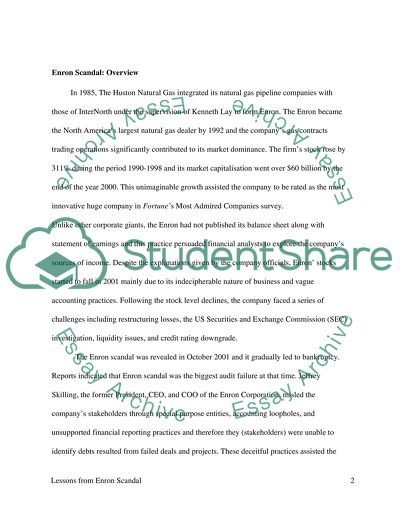Cite this document
(“The lessons for auditors and regulators from Enron fraud Essay”, n.d.)
Retrieved from https://studentshare.org/finance-accounting/1394738-the-lessons-for-auditors-and-regulators-from-enron-fraud
Retrieved from https://studentshare.org/finance-accounting/1394738-the-lessons-for-auditors-and-regulators-from-enron-fraud
(The Lessons for Auditors and Regulators from Enron Fraud Essay)
https://studentshare.org/finance-accounting/1394738-the-lessons-for-auditors-and-regulators-from-enron-fraud.
https://studentshare.org/finance-accounting/1394738-the-lessons-for-auditors-and-regulators-from-enron-fraud.
“The Lessons for Auditors and Regulators from Enron Fraud Essay”, n.d. https://studentshare.org/finance-accounting/1394738-the-lessons-for-auditors-and-regulators-from-enron-fraud.


